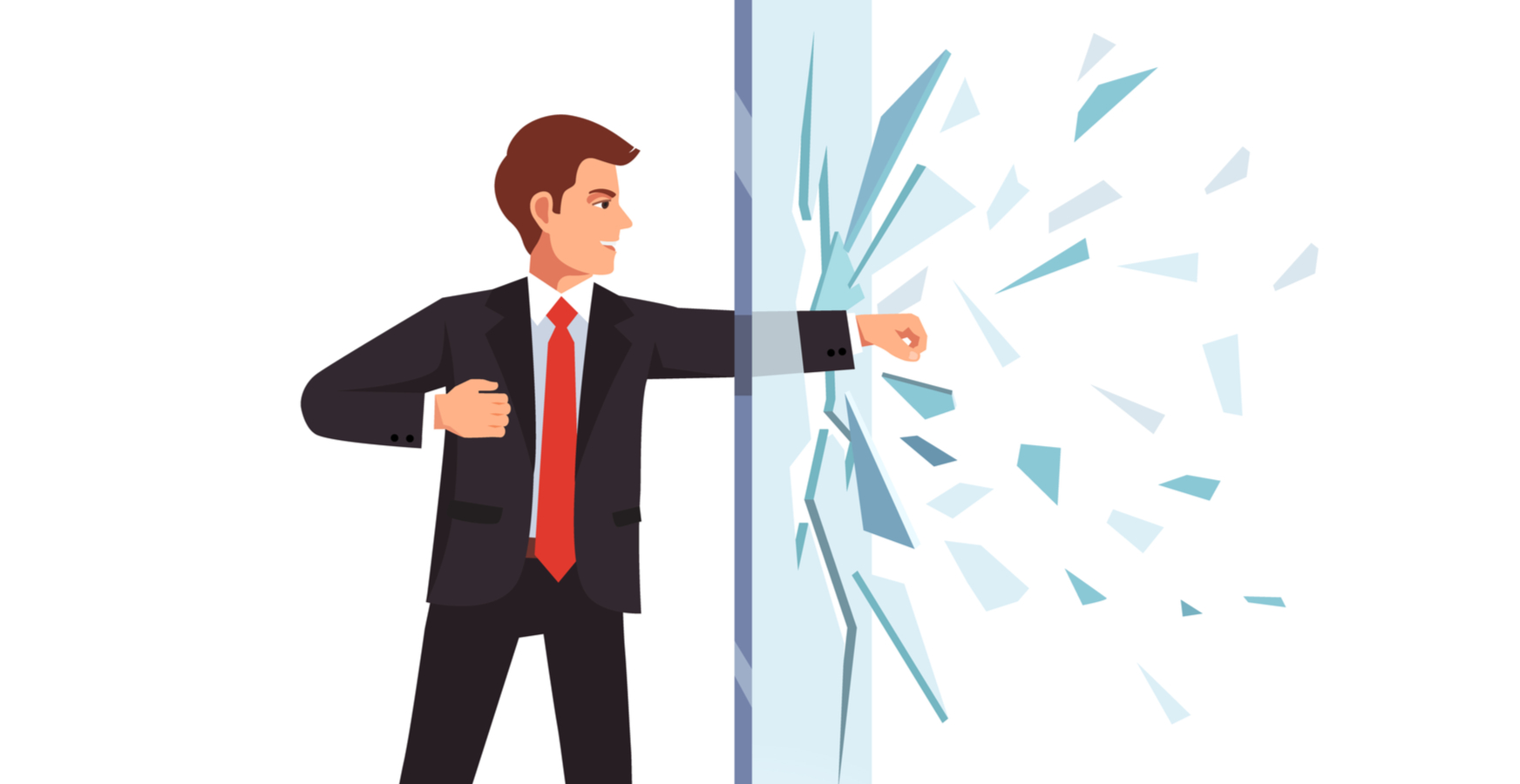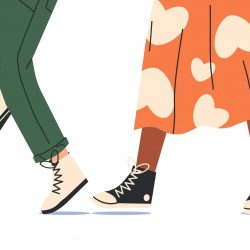I have been on a 10 year journey with back and sciatic nerve pain, learning and developing pain self-management skills as I go. When on my own, or with familiar people aware of my condition, I am careful to manage my current pain, and to minimise the ‘wind up’ of my neuropathic pain which results in me suffering increased pain and difficulties later that day and into the next.
However, when I am with people who don’t know of my condition, I can stop self-managing with often painful consequences! Why would I, and others, do that?
The ‘headline’ difficulties I have are physically sitting, especially on hard surfaces, standing still for any length of time, lifting and carrying, and walking a reasonable distance (for me). I work part-time and travel extensively for work. When working at familiar venues, with people who know I have difficulties, I am very happy to ask for a different chair if need be, or ask for help lifting my heavy rolling briefcase up any stairs, or anything else that I might need. I have no problems discussing my difficulties, and in those circumstances I’m able to self-manage my condition, within the necessary constraints of my work. Everyone I work with has been amazing at helping and supporting me.
However, when I go to a meeting in a venue I haven’t been to before, with people I don’t know, and more importantly people who have no idea I have a difficulty, it can be a very different story! It is as though there is an ‘invisible barrier of perception’ between us, an invisible barrier that I need to break before I can ask for help. Sometimes breaking that barrier can be difficult!
I have a hidden disability; you would have no idea looking at me that I have any physical problem at all. I am fully aware this means that an unfamiliar person’s perception of me is almost certainly going to be that I can sit down like anyone else. After all, why on earth would they think that sitting down would be painful for me? They will likely assume I can stand still talking to them for a while, and that I can pick up and carry my briefcase down the stairs. How could they possibly guess otherwise?
This means that for me to gain assistance from that person, in order to self manage my pain, I have to break that invisible barrier of perception and tell them I have a difficulty, and then ask for the particular help I need. Sounds easy doesn’t it? Trust me, it’s not always! Sometimes it is, sometimes there is a chink in the invisible barrier and an easy way to get my difficulties and needs into the conversation, but sometimes, particularly if it appears that the other person’s perception of me as having no difficulties is strong, it can be really hard. I can’t tell you how many times I’ve sat in pretty strong pain, knowing that I will have even stronger pain later that day and into the next, because I haven’t felt able to break that invisible barrier of perception.
If I don’t break the invisible barrier of perception on the first occasion, it grows thicker and thicker and becomes harder and harder to break! For example, I have been asked a number of times to help move furniture ready for a meeting, something I know will ‘wind up’ my nerve pain, and sometimes I have done it because I haven’t felt able to break the invisible barrier of perception and tell them it isn’t wise for me. Having moved the furniture once, why on earth would that person think that I couldn’t do it again? Their perception of me as having no difficulties is reinforced and the invisible barrier thickens.
The problem doesn’t just happen with work colleagues, it can happen anywhere. For example, on the occasions when trains are running late and I get squashed into a carriage with the other sardines, otherwise known as passengers, I know that I need to ask for a seat, and I know that if I don’t I may well end up in tears or get to the stage I’m on the verge of passing out, but I still can’t always break that invisible barrier of perception and ask for a seat. Sometimes I can, but not always.
My problem is that there is no visible indication of my disability to the other person, and therefore they have no visual clue to form anything other than ‘normal’ perceptions of me. If I have a visible indicator of disability with me, such as a crutch, then the invisible barrier of perception isn’t created, and I usually then don’t even have to ask for help, it is usually pro-actively offered. Sometimes I stop the invisible barrier of perception being formed by wearing a badge or by using an ID card that gives some indication to the other person that I have some kind of disability. I am providing a visible clue to my otherwise hidden disability, which prevents the invisible barrier of perception being built.
I know I am not alone in these difficulties. Others report similar problems. Others carry, for example, a walking stick with them even when they don’t need it as a walking aid, in order to provide that visible sign of disability. A range of badges have been designed, and can be bought, which people use to visually tell others they have a hidden disability (for example from Stickman Communications), and travel organisations provide travel assistance cards, which can be used as a visual aid, for example when asking a fellow passenger if you can use the priority seats (for example First Great Western Trains).
Some people are too anxious to travel, or work, partly because of the invisible barrier of perception.
So my personal challenge going forward is to always confidently smash down that invisible barrier of perception, before it starts to thicken and become impenetrable, or to stop it being formed in the first place through the use of visual indicators. In 2013 my rheumatologist wrote ‘She is an extremely well organised and objective lady who has worked hard to minimise her symptoms. She participates in self-management more than anyone I know.‘ It doesn’t matter how skilled or otherwise I may be at pain self-management, I do need to be able to actively self-manage all day every day in order to properly manage my condition, and that includes when I’m with people I don’t know!
The challenge for others, including healthcare professionals, travel organisations (bus, air and rail), work places, friends and families, is to understand and recognise the very real problems created by the invisible barrier of perception, and to support anyone who needs to self-manage their condition throughout the day to either use visual indicators of disability to prevent the invisible barrier of perception being created, or to be confident enough, and have enough strategies, to smash down the invisible barrier of perception at all times, or perhaps, and more likely, to be able to do both, in order to seek the help they need.
Tina
@livingwellpain
www.livingwellpain.net
(My post on Visual Pain Management can be found HERE, and my post on Disability Aids can be found HERE.)




